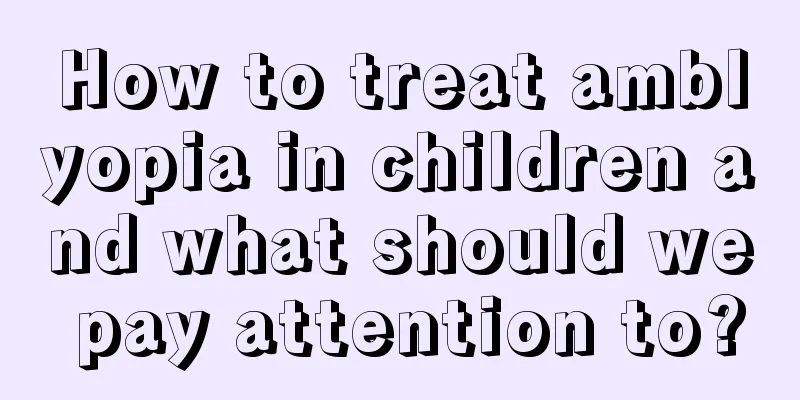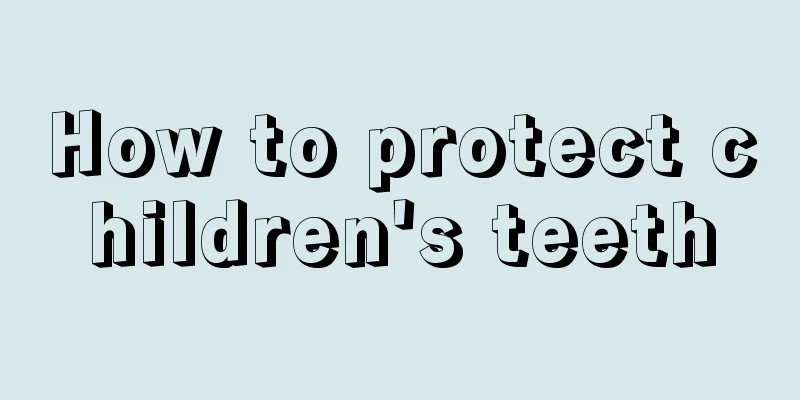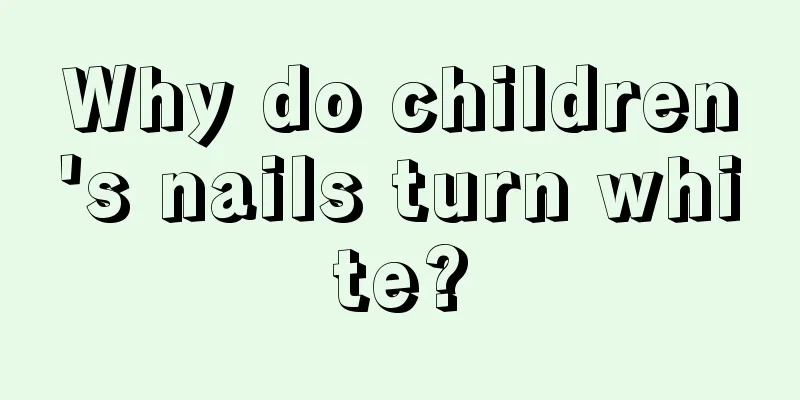How to treat amblyopia in children and what should we pay attention to?

|
Nowadays, many children suffer from eye diseases, some of which are due to genetics and some of which are due to acquired influences. If parents have poor eyesight, it may be passed on to their children. For example, if the degree of myopia reaches a certain level, it will be passed on to the children. Some children are born with myopia, so it needs to be corrected from an early age. Some children also have amblyopia problems. Children's amblyopia needs timely treatment. So how should children's amblyopia be treated? Amblyopia is a common eye disease in children, with an incidence rate of about 3%. Amblyopia only occurs in infants and young children whose vision is not yet mature, because the critical period of visual development (before 3 years old) and sensitive period (6-8 years old) are the fastest periods of visual development. It is also the period when vision is most likely to suffer permanent damage due to abnormal environmental stimulation. Therefore, timely correction of refractive errors, anisometropia, strabismus and removal of visual deprivation factors during the critical period and sensitive period of visual development is the fundamental way to prevent amblyopia. Pediatricians and ophthalmologists should have a strong awareness of preventing amblyopia, pay attention to observe whether infants and young children have possible factors causing amblyopia, and detect them early through feasible detection methods and correct them in time. First, attention should be paid to eye hygiene during infancy and childhood. Children's towels, handkerchiefs, and washbasins should be used separately from those of adults to avoid contracting infectious eye diseases such as acute conjunctivitis and trachoma. Children should be taught not to rub their eyes with dirty hands. Children should not be allowed to play with sharp and hard objects such as scissors and needles to avoid eye injuries. Second, educate children to pay attention to eye hygiene. Children should not be too close when playing with toys, reading comics or drawing. They should maintain correct posture, and the lighting should be sufficient, not too dark or too strong. It is usually best to take the child to the hospital to check his or her eyesight when he or she is 4 years old. Once any problem is found, timely treatment should be given. After the child reaches school age, pay attention to the combination of work and rest, insist on doing eye exercises, and prevent myopia. Third, children are in the growth and development period, so they should be encouraged to eat more whole grains, vegetables, and fruits, and less high-sugar foods. It is best not to eat snacks or be picky eaters. Children should also be encouraged to do more outdoor activities, participate in beneficial physical exercises, and pay attention to the nutritional supply of the eyes. Fourth, pay attention to preventing infectious eye diseases and systemic diseases. Many infectious eye diseases are transmitted through direct contact. No matter what eye disease you have, you must go to the hospital for treatment in time. Some systemic diseases also have a great impact on the eyes, such as tuberculosis, kidney disease, etc. Therefore, pay attention to prevention and treatment to avoid delaying the disease. If a child suffers from congenital amblyopia, the child should be taken for treatment in time and the treatment should not be delayed. The child is very weak during the growth and development period, so he needs extra care and attention from his parents. Parents should pay more attention to their children's health. If they encounter any illness, they should seek timely treatment. Parents should pay more attention. |
<<: How can children increase their immunity?
>>: What kind of exercise can children do to grow taller?
Recommend
When do boys' chicks grow hair?
As we all know, when boys are still children, the...
What to do if a newborn has a fever or cold
Newborns are most susceptible to illness because ...
Symptoms of tracheitis in children, parents please pay attention
Tracheitis is a disease that is most likely to oc...
What to do if your child's head sweats
The healthy growth of children is of greatest con...
What to do if your child has poor literacy skills
From birth to growth, a person cannot do without ...
What causes inflammation in babies?
As babies grow, many of their organs are not full...
How to plan your child’s summer schedule?
Children must have a more regular schedule under ...
What to do if your nine-month-old baby has a hoarse voice
The problem of hoarseness in nine-month-old babie...
Common symptoms and care of newborns
We call a newborn baby a neonate. After a neonate...
Four-year-old baby has diarrhea
Generally speaking, if a four-year-old baby has d...
What to do if your eight-year-old child is rebellious
Children will go through several different rebell...
Clinical manifestations of telangiectasia in the legs
I believe that everyone is still not familiar wit...
Why do babies strain before urinating?
Sometimes the baby's health condition cannot ...
Baby sleeping with tongue on the roof of the mouth
Many parents focus their attention on their child...
What are the symptoms of arthritis in children?
Arthritis is a common disease. Most patients are ...









